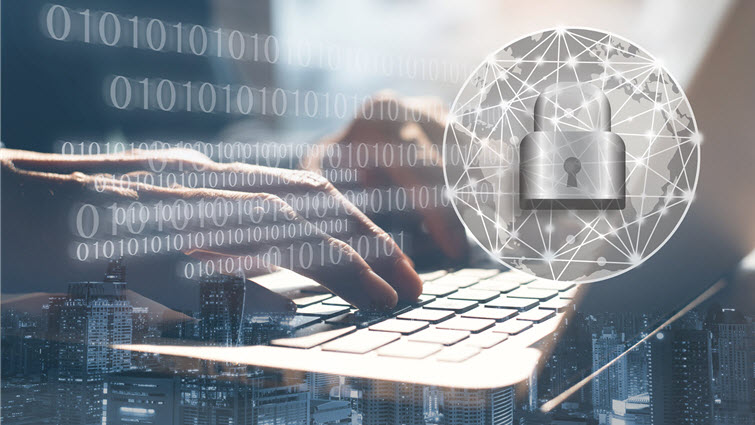3 ways to enable cyber resilience in education in 2023 and beyond
Those of us with the privilege to work in education have an opportunity to shape the next generation to be more cyberaware and make our digital world a safer place. It’s an obligation we must all take seriously.
The threat environment is becoming more perilous, particularly with the growing use of artificial intelligence by hackers. The challenges coming our way in the future will best be met by a population that is informed, aware, and innately invested in cyber safety.
At the same time, cyber leaders at educational institutions today must deal with adversaries who increasingly view us as prime targets. Since institutions of higher education provide students, teachers, and researchers with full, unobstructed access to the resources they need, we’re vulnerable to all types of attacks. The challenge is exacerbated by the fact that our high-speed networks and powerful workstations provide fertile soil for botnets to spread harm broadly and quickly.
When cyber leaders in education view our most pressing challenges, it should be with the understanding that we’re not just practitioners–although that is of vital importance–but also teachers and role models. We need to practice what we preach, and we also need to preach what we practice.
As I look at today’s threat environment and the steps we can take to protect our institutions and provide guidance for the next generation, I see three key areas of opportunity:
- Focusing on cyber wellness
- Adopting a shared responsibility model
- Embracing secure software development
Here’s why I think these three areas of focus are key to enabling cyber resilience in education in 2023 and beyond.
1. Cyber wellness
Cyber wellness comes down to common sense. It’s a mindset. But people need to be informed. They must understand that cyber safety is always a top priority, and you never let down your guard, not even for a moment. For example, say a student receives an email from a teacher or faculty. Do they know to check that the email address is legitimate? That the request makes sense? That it comes from the actual person making the request? This may seem simple, but it’s quickly becoming more difficult in the era of…


